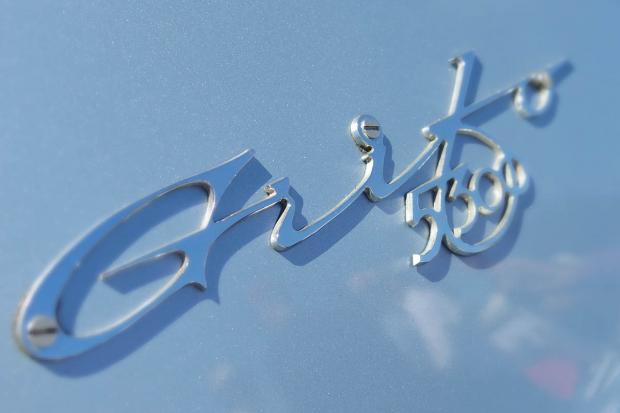
Never talk about religion or politics, they say. I put it to you that we add ‘investment’ to that short list. In particular, investment in classics. It’s a topic of conversation that crops up all the time at events, mostly from those who are on the edges of the classic car community looking in, and it fills me with both dread and disdain in equal measure. The attention of the world’s rich-and-wanting-to-be-richer has been cast on historic vehicles for a few years now, many of whom see them as their preferred route to an easy, quick – and safe – buck, opting for top end Ferraris at the expense of even gold. And unless you bought a Lotus Cortina for £4950 back in 1992, you’ll agree that’s bad new for our hobby.
Though a few slow auction results have suggested the market may be cooling slightly, the values of the very rarest and most desirable classics are still going through the roof. Most of the cars that are being bought won’t even be driven, locked away in a climate controlled garage for a couple of years – or until the next financial crisis – before going to market again for an even greater sum of money. If we’re lucky, they might make a brief Mille Miglia outing – but only if the plaudits add zeros to the price tag. The result is that cars that were once within the reach of the average enthusiast, such as early air-cooled Porsche 911s, are entering the stratosphere. And do you know what? It’s going to get worse.

